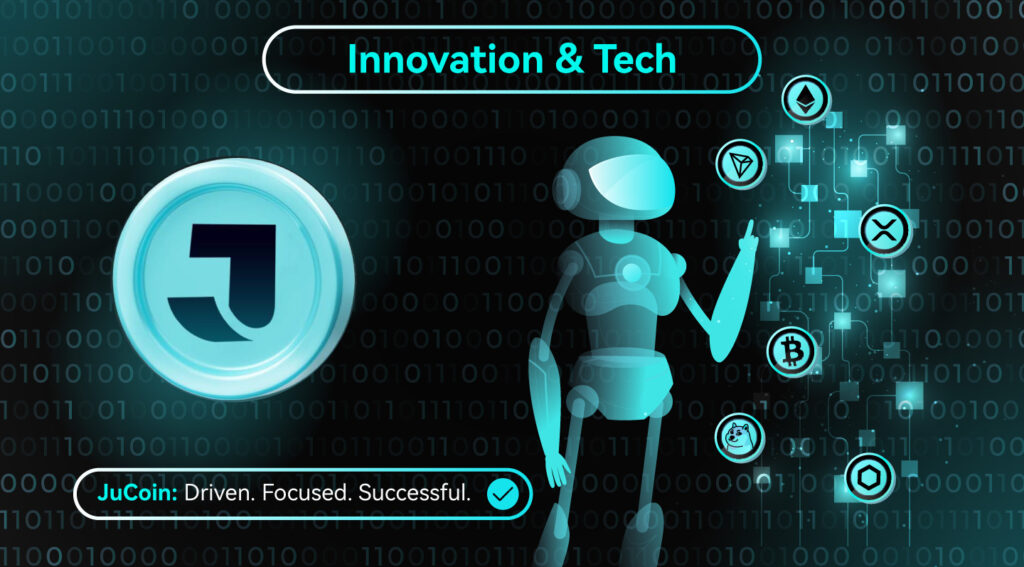
Portal is the first native, trustless Bitcoin cross-chain infrastructure. By innovating with “BTC Channels” and decentralized execution, it supports native swaps of BTC, ETH, SOL and other L1/L2 assets. This Innovation and Tech article will dive into Portal’s protocol design, cross-chain mechanics, security model and ecosystem outlook, revealing its revolutionary value in a multi-chain era.
Abstract: Portal combines Trustless Channels with lightweight validator nodes to achieve bridge-free asset swaps between native Bitcoin and major chains like Ethereum and Solana—building a high-security, low-cost cross-chain interoperability layer.
Portal Protocol Overview & Core Design
Protocol Summary & Innovation Value
Portal addresses three major pain points of traditional bridge protocols:
-
Inflation risk from wrapped assets
-
Security hazards of centralized custody
-
High fees and confirmation delays
Through Trustless Channels, users lock BTC in a multisig address on Bitcoin, while deploying corresponding contracts on Ethereum, BSC, Polygon, etc. SPV light clients monitor lock events and generate proofs; multisig nodes sign those proofs and the target-chain contract releases equivalent assets. This flow eliminates any third-party custody or token wrapping, perfectly fitting DeFi’s dual demands for security and efficiency.
Modular Core Design
Portal consists of three layers: the Channel Layer (handles locking and contract deployment), the Validator Layer (light nodes downloading block headers and generating SPV proofs) and the Execution Layer (aggregates signatures to trigger contract execution). Its modular architecture simplifies upgrades and extensions, quickly adapting to new chains or adjusting multisig thresholds.
Native Cross-Chain Mechanism Explained
According to Defiant, Portal uses a Layer-3 notarization chain architecture, seamlessly extending Bitcoin’s security to all connected chains. Core to native atomic swaps, it’s the first bridge-free, custody-free Bitcoin cross-chain stack. Portal’s cross-chain process unfolds in three stages:
-
Create a multisig address and lock BTC on Bitcoin;
-
Validator light nodes detect the lock, generate an SPV proof, and submit it via a secure channel to the target chain;
-
Multisig nodes sign the proof; after on-chain verification, the target-chain contract releases equivalent assets (e.g. wBTC).
Reverse operations are also supported: burning the asset on the target chain unlocks native BTC on Bitcoin. The entire process relies on decentralized node consensus—no centralized custodian involved.
Batch Proofs & Efficiency Optimizations
To reduce on-chain costs, Portal introduces batch SPV proofs that bundle multiple cross-chain requests into one submission, cutting down transactions and gas usage. Testing shows batching can lower per-swap fees from 0.1%–0.2% to about 0.05%, with confirmation delays of 30–60 minutes under normal network conditions.
Multisig Validation & Security Model
To prevent single-point malfeasance, Portal requires validator nodes to pass official KYC and stake collateral. A pool of 7 candidates must yield at least 5 signatures to execute a contract. Malicious proof submissions incur on-chain collateral forfeiture—with proceeds burned—and honest nodes are rewarded. This on-chain slashing and periodic performance reviews ensure decentralization and security, while SPV light clients lower participation barriers to invite more nodes.

Token Model & Economics (PTB)
PTB is Portal’s native governance and incentive token. According to CoinMarketCap data, its supply is fixed at 840 million PTB, with a gradual issuance and burn mechanism balancing security incentives and value preservation.
-
Issuance: Each epoch mints 1% of the remaining supply until the cap is reached—high early incentives, then steady supply growth.
-
Burning: 50% of protocol fees are used to buy back and burn PTB; slashed collateral is also burned, creating deflationary pressure.
-
Utility: Holders can participate in parameter governance and validator pool management; future staking features will enable additional rewards and bolster network security.
Ecosystem Integration & Use Cases
Since launch, Portal has run stably on Ethereum, BSC and Polygon, and has been integrated by multiple DeFi projects. Users can cross-chain BTC into Ethereum to supply liquidity on MakerDAO or Aave, market-make on Uniswap, or stake as collateral on NFT platforms. Support for Solana, Avalanche and Optimism is forthcoming, driving multi-chain DeFi convergence.
Roadmap & Future Development
Looking ahead, Portal plans a native BTC staking pool where users can stake BTC to earn governance tokens and participate in upgrades. A cross-chain oracle service is also in development to provide low-latency price and inter-chain data for DeFi apps. The long-term goal is to build a multi-chain financial hub seamlessly connecting all major layer-1 and layer-2 networks for free asset movement and value transfer.
FAQ
What is Portal?
Portal is the first bridge-free, asset-wrapping-free native Bitcoin cross-chain protocol, supporting secure swaps between BTC and multi-chain assets.
How is it secure?
Security relies on SPV light-client proofs, a 5/7 multisig threshold and on-chain slashing.
Which networks does it support?
Live on Ethereum, BSC and Polygon; Solana, Avalanche and Optimism in testing.
Fees & delays?
Fees ~0.05%–0.2%; confirmation 30–60 minutes.
Will there be a token?
No immediate plans; a governance and staking token may launch in future.
Key Takeaways
Portal is the first native, bridge-free Bitcoin cross-chain protocol enabling BTC swaps with ETH, SOL and more.
Combines SPV light clients and multisig to deliver true trustless interoperability.
Batch proofs and dynamic gas optimizations cut costs and delays significantly.
Integrated across major networks; ecosystem footprint continues to grow.
Future features include BTC staking pools, governance token and cross-chain oracle services.





